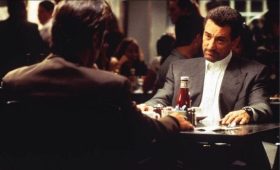It’s a well-known phenomenon: the anxious, agonising self-torture writers put themselves through when releasing their second book. (Musicians suffer from a similar malady: the difficult second album.)
There are usually all sorts of worries that afflict writers upon contemplating their sophomore creation. Is it too similar to the first book? Or maybe too dissimilar? Was the debut effort a total fluke, leading to a debilitating case of imposter syndrome when trying to replicate it? What if, after momentarily basking in the publicity sun that the first one enjoyed, this second one is just ignored because you are no longer the bright new thing?
First books are a leap into the unknown when it comes to understanding the publishing machinery, but releasing follow-up books can still be a fraught experience for many. The novelty of having one book out has now worn off and there’s pressure – whether internal or external – to jump to the next project.
ArtsHub interviews six writers (memoirist, novelists and poets) who’ve either published a second piece of work or are about to do so, to gauge their feelings on the subject and to elicit some tips for those about to visit the publishing path, once again.
For all the writers surveyed, the overwhelming emotion is a sense of relief to be able to bring forth a second manuscript into print form. They are not one-hit wonders after all!
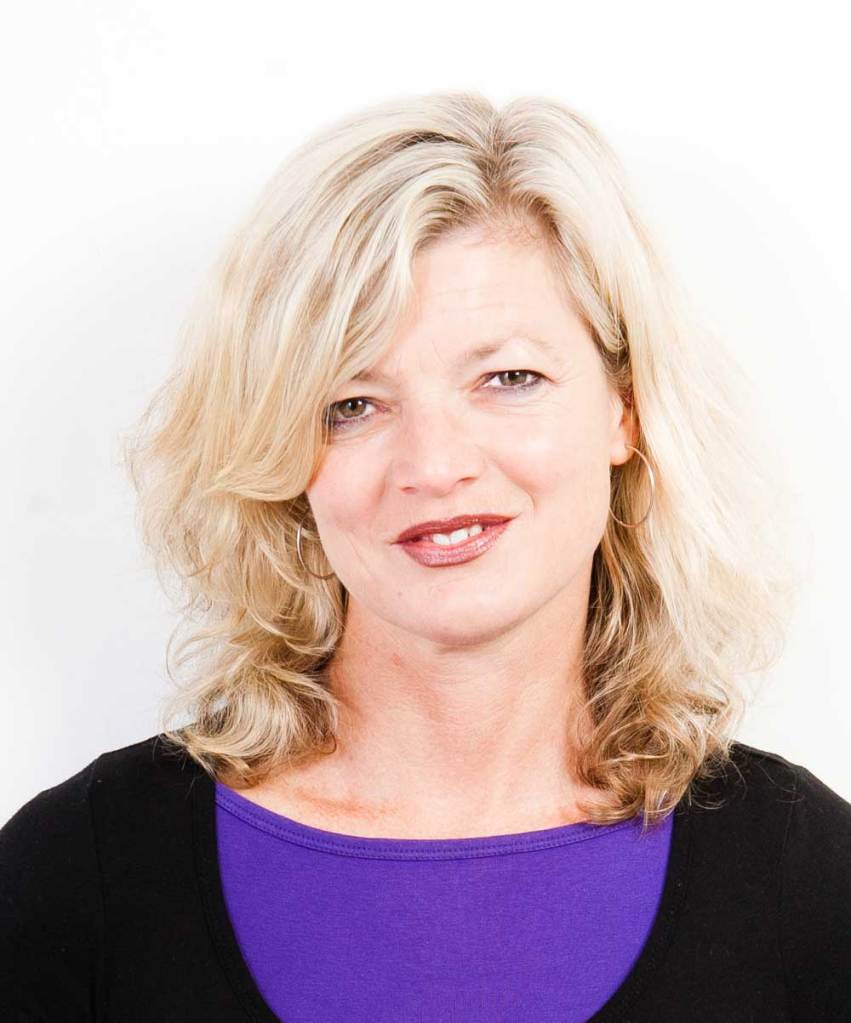
For Sian Prior, there was an eight-year gap between the memoirs Shy (2014) and Childless (2022). She did not, however, experience much anxiety about the release of Childless because even though this one was even more ‘personal and self-revealing’, the reception for her first was so positive, she tells ArtsHub.
Nonetheless, the whole experience second time round was much harder she says, due to the content of her second book. ‘Somehow I hadn’t anticipated the emotional impact of having to repeatedly talk about my failed quest to have a child when promoting Childless,’ she says. ‘Seems silly now. Of course I should have known that rehearsing your grief in public would be really challenging. I literally had to go and have a lie-down after every interview to recover. It was harder, too, in that I received fewer invitations to writers’ festivals with the second book, and wasn’t sure why. Perhaps it was because the story has no happy ending. Or the subject matter is too niche.’
Gayelene Carbis has published two books of poetry. Anecdotal Evidence (2017) and I Have Decided to Remain Vertical (2022) and felt a mix of emotions with the latter. ‘[I was] excited, anxious, apprehensive and relieved to be releasing a second book,’ she says. ‘Relieved to have finally put the collection together and to have been accepted by a publisher I greatly respected and admired (Puncher and Wattmann).’
It was the publication of this second work, Carbis says, that made her feel that she was finally a “poet”.
‘My second book felt like such a different book to my first, even though its central themes and preoccupations were similar in many ways. I felt I’d grown as a poet so, regardless of critical reception, I knew I’d done the best I could do. There’s satisfaction in that. And exhaustion.’
Just because you have one book out, it still doesn’t follow that you are complacent about the mechanics or reception of the next. Marija Peričić notes that there was a six-year gap between her books, The Lost Pages (2017) and Exquisite Corpse (2023). ‘It was easier in the sense that I knew I’d done it once, so I felt there was a good chance I could do it again. With the first book I’d developed a writing process and practice that worked for me, so I felt pretty confident going into the second book. I had also felt a huge creative momentum when my first book came out. But what I didn’t know was that every book is different, and every book is difficult in completely different ways (hence the six years it took to get the second one out).’
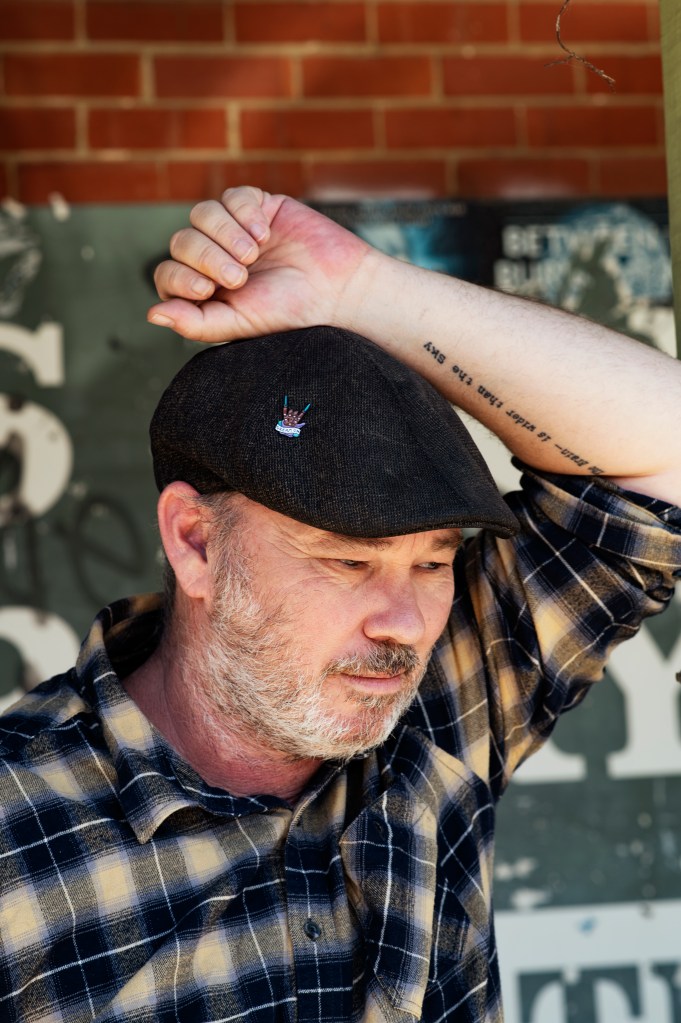
Writer Alan’s Fyfe’s first book was a novel, T; his second one will be poetry, G-d, Sleep, and Chaos, to be released next March by Gazebo Books. He says it was a bit easier this time round. ‘I was working on this second book concurrently with working on the novel and finished it before I got the novel in contract, so I didn’t have to face the void of what to write next, just develop what I had.’
It’s an unusual pivot, to move from fiction to poetry, but Fyfe points out the simple truism that poetry is a lot harder to publish. So his strategy was ‘to publish prose fiction first because there are just more chances in that,’ he says.
‘That leads to attention, and attention leads to more chances to publish poetry.’
There’s a definite hierarchy when it comes to what type of books appeal to mainstream publishing houses and Fyfe knows this very well. ‘Poetry is difficult to get out in the world; there are limited poetry presses here in Australia. Major publishing houses are happy to make money off something like a Penguin Classics edition of Allen Ginsberg, but they seldom reinvest in new poets. Maybe the message is to suffer and die, so they don’t have to deal with you directly.’
In some ways, however, the pressure is eased off a little when the second is a collection of poetry. ‘Of course, I want everyone to say G-d, Sleep, and Chaos is a work of monumental genius, but the reality of poetry books is very different from the novel market. I have a smaller print run to sell. Novels usually come with some commercial baggage, no matter how art forward they are. Poetry books are more tied to esteem baggage, and the publisher I have for the poetry book is entirely in it for the art. Maybe I’m also more relaxed because it’s not my first rodeo anymore.’
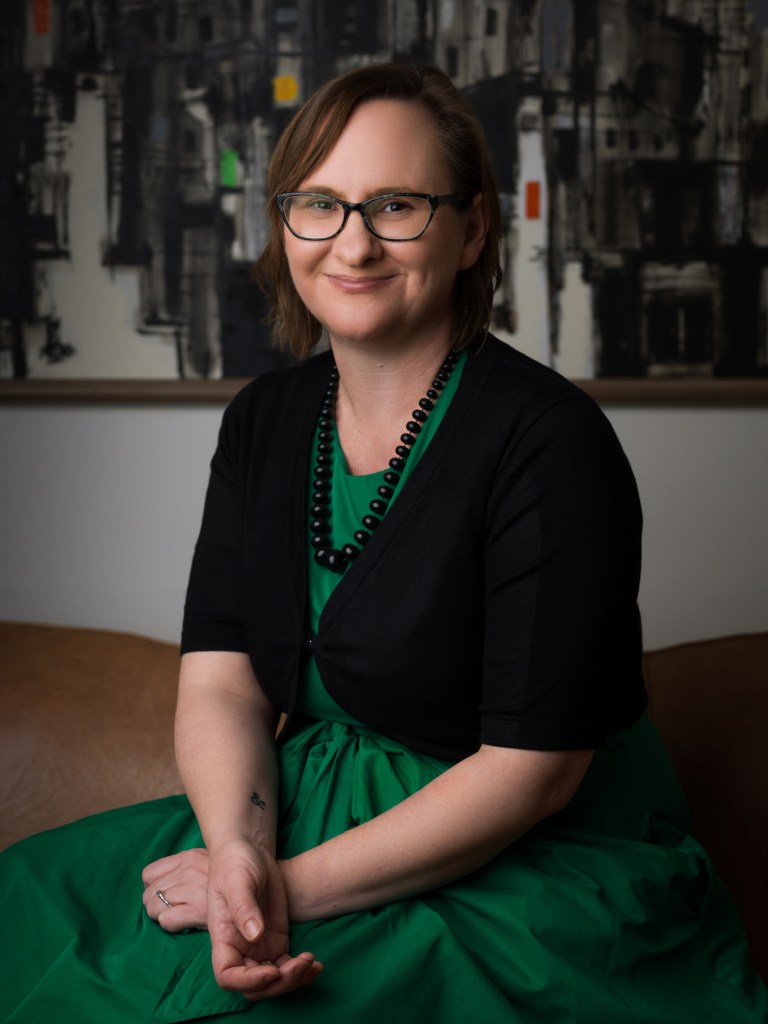
Imbi Neeme’s first novel The Spill (2019) will be trailed by Kind of, Sort of, Maybe, But Probably Not next February. Even though she has successfully navigated the tricky terrain of debut author, Neeme still feels uncertain about what the future will hold for her new book. ‘I have a feeling that second books are like second children – you think you know what to expect, but they present their own, unique journey,’ she says. ‘Having just completed the copy edit, I am in that sweet spot where I feel relaxed and ready – maybe even eager – for people to read it. But if you ask me again in February, you’ll probably get a very different answer,’ she adds.
Rochelle Siemienowicz, ArtsHub‘s Education and Career Editor, calls the time lag between her two books ‘shamefully long’.
‘My first book, Fallen, a memoir about sex, religion and marrying too young, came out in 2015. My second book, Double Happiness, a novel about love, polyamory and the evolution of a new kind of family, has just been acquired by MidnightSun and will probably hit shelves in late 2024. ‘
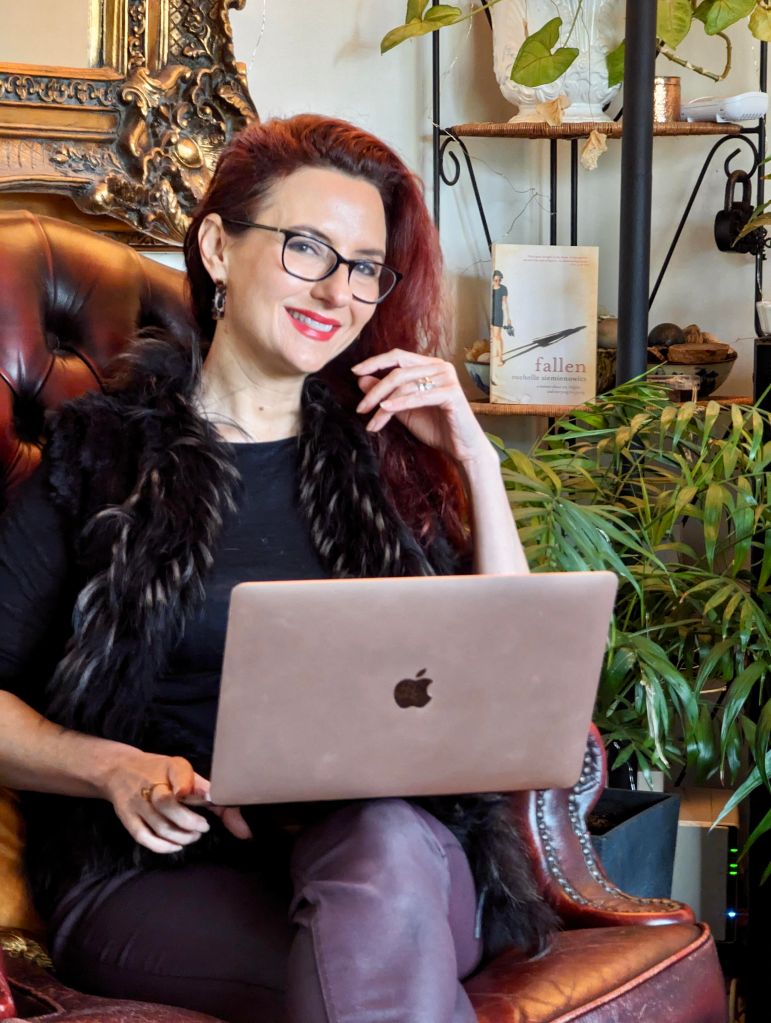
Siemienowicz is impatient about navigating the painfully slow publishing process. ‘I thought I’d finished this novel about a year ago, but there are still revisions to be made and the publisher has other books in line to be published first. At the same time, life gets in the way of writing sometimes, and we are creating works of art that have their own timelines, not just “content” to fill a funnel. Sometimes a book needs the time it takes, and the process of marinating over many years can enrich the story and the writing. But I’d like to become a quicker cook.’
While the other writers thought the second time around was relatively easier, Siemienowicz takes the opposite view. ‘The publishing landscape in 2023 is very different to the one in 2015. All the costs of publishing have gone up, including paper and freight and rent, but the cover prices of books have remained fairly steady. Times are tough. I think there’s a real risk aversion in publishing right now – though of course wonderful risky literature is still getting through.
‘My first book was picked up without an agent – the publisher asked for the manuscript after hearing about it at a party, and accepted it immediately. The time gap between signing and publishing was only six months, which is pretty rare, so I had a very easy time of it and I didn’t know how lucky I was at the time. With this book, my wonderful agent, Martin Shaw, has had to work hard to find a publisher willing to take a risk on a book that sits outside genre expectations and deals with unconventional sexuality. I feel incredibly lucky to have found Anna Solding at MidnightSun.
What’s different about the writing and publication process the second time round?
All the writers interviewed mention that they acquired knowledge about the mandatory business of marketing and promotion after their debut was released, which makes them more prepared for any media wrangling for the next book.
With specific reference to memoir, Prior speaks of learning to leave enough time between the events that occurred and writing about them. ‘This allowed me to have more of the insights-with-hindsight that memoirs usually require,’ she says. ‘Also, I workshopped every word with two different groups of fellow writers (who gave me invaluable tips for improving the manuscript) before sending it to my editor and I also agreed to more of my editor’s good advice.’
Regarding the vagaries of the publishing machine and the ensuring publicity when a book is released, Neeme says, ‘I’ve learned that the only thing I can control is the writing itself. With my first book, I wanted everybody to like it. Now I know that is impossible. I’m just hoping my book will find its readers.’
Not being afraid to ask questions of your publisher is what Peričić has taken on board this second time round. ‘The main thing I learned was to take more ownership of the process. Your publisher has the same goal as you.’

Being more aware of the availability of writerly support was something else Peričić discovered. ‘With this second book I was able to take more opportunities, in terms of grants and residencies, to support me in the writing process. Those opportunities really helped me to meet other writers who were at a similar stage to me, and I found having a community to be really supportive.’
‘Do you know the acronym DDS?’ asks Siemienowicz. ‘I do now. It stands for Department and Discount Stores, and includes Kmart, Target, Big W, Myer, David Jones etc, where they have a limited stock range of books, and do big discounts on new, high-volume titles. Whether a book can be easily placed to DDS is apparently a big consideration for a publisher thinking about risks and returns.
‘I’m not sure I should worry too much about such things as a literary fiction writer or an “artist”, but as someone who wants to build a sustainable life from my writing, it’s good to take an interest in how the business works. I have ideas for future books that will be easier to sell to DDS. Maybe a Tarot guide for women in mid-life. I’m not even joking.’
The cure: tips on quelling the fears of second book syndrome
What if you are presently working on your second book and hoping to find publication? Or if you are nervously waiting for it to be released Or it’s just been published (hopefully) and you’re awaiting reviews and media attention?
Carbis’ recommendation is ‘to keep the faith in your own work and voice’.
‘You have to write the book you want to write – publishing scene be damned,’ she says. ‘You can’t write to a market. You have to be you and, alongside that, you have to work hard on your work. I think it’s very important to get feedback – being part of a poetry workshopping group has been essential for my growth as a poet/writer.
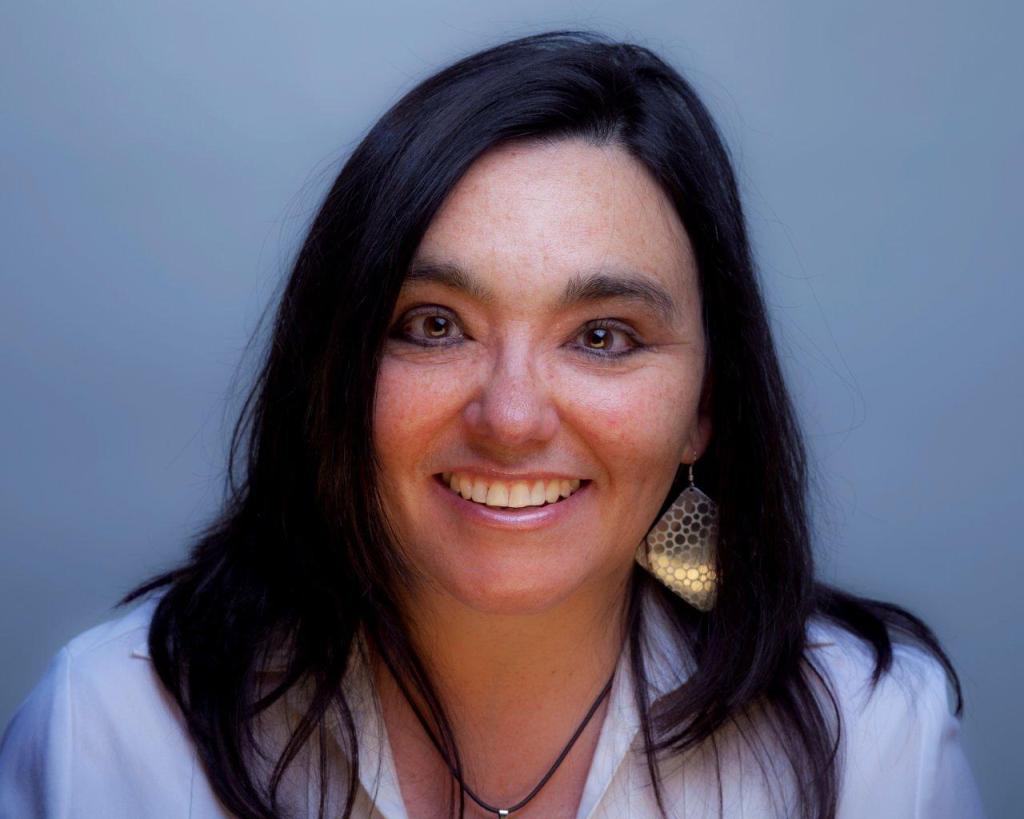
‘With both my first and second books, I was very fortunate to have really good poets and writers giving feedback on my work, from close attention to individual poems to suggestions on structure, on putting the poems together as a cohesive collection… And send it everywhere – even publishers you think might reject you.’
Prior suggests writers ‘interrogate your motives’.
‘Ask yourself – why are you writing a second book? Is it just because you feel you should – because you might feel like a failure if you don’t? Or is there a story you’re burning to tell? Don’t feel pressured to whip something up just to get a second one out there in the market. When it comes to finishing a book, every writer is different. There’s no right way to do it. Once it’s out there, you will have to live with its public presence for the rest of your life. Wait ’til you’re happy with it before you push it out into the world.’
Fyfe reminds writers to continue sending out work to facilitate and invite interest in publication. ‘When it comes to publishing your second full-length work, use what you have achieved to show to publishers. Keep building your presence in the publishing world – in journals, anthologies, entering prizes. My novel got shortlistings as a manuscript and that was helpful to getting past the slush pile, so I put the poetry collection in a manuscript competition and it came second. I ended up presenting it to Gazebo Books with many of the poems having received prize attention or publication in good journals. This was all just building on my first experience – it works.’
‘Adapt, learn, stay open. Prepare for rejection as part of the process. Make this new book the best it can be and accept that each book has its own life, both in the creation stage and in the selling stage. Do everything you can to connect your book with the right publisher and the right readers, and then leave it in the lap of the gods,’ counsels Siemienowicz.
Read: Slush pile success stories
Perhaps most importantly of all, Neeme emphasises the need to maintain a balance between self-promoting and perhaps working on another project to stave off an unhealthy obsession with how the new book is faring. ‘Keep standing by your work and putting it out there. And whenever it all gets too much, return to the simple joy (and sweet pain) of putting words on a page.’





